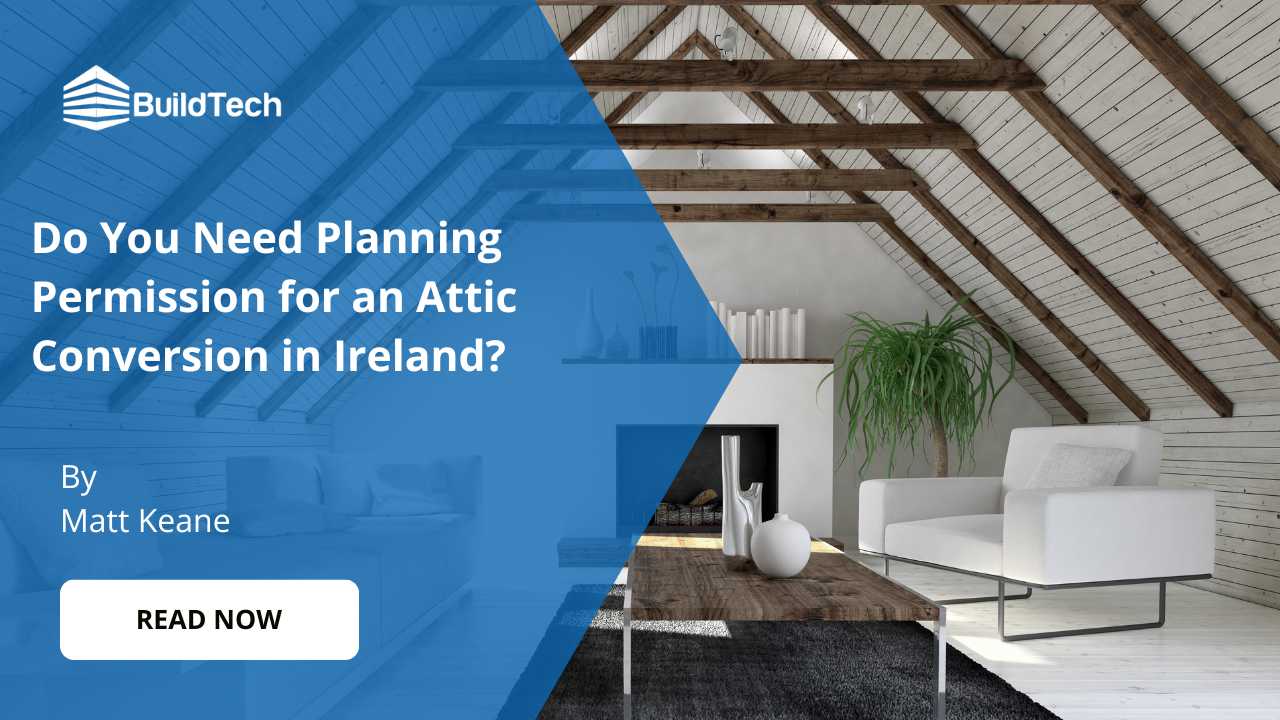Are you considering a house extension but not sure where to start? And, don't know how to plan a house extension? This blog post will take you through the important steps of how to plan a home extension. We'll guide you through everything from consulting with professionals to getting the planning permission! So whether you want an extra bedroom, kitchen, or living area, read on for our top tips.
What Are the Things You Need to Consider When Planning a House Extension Project?
When planning an extension project, there are a few things you need to take into account:
1. How much space do you need?
Before starting any project, figuring out exactly how much space you need is important. Make sure to measure the existing space and the space you would like to extend into. This will help you determine how much additional space you will need.
2. What are your budget and time constraints?
It's essential to be realistic about your budget and time constraints when planning a home extension project. Make sure to factor in the cost of the materials and the labour required for the project. And be sure to allow plenty of time for the project to be completed.
3. What are your design goals?
When planning an extension, it's essential to have a clear idea of what you want to achieve with the new space. Do you want an open-concept layout, or would you prefer separate spaces for living and dining? Be sure to discuss your design goals with your contractor so they can help you achieve the look you want.
4. Do you need planning permission?
Sometimes, you may need to apply for planning permission before starting your home extension project. This is usually the case if you're making significant changes to the existing structure or if you're extending into an area that's not currently zoned for residential use. Be sure to check with your local planning department to see if you need permission before proceeding.
5. Are there any potential problems with the existing structure?
Before starting your project, it's important to have a professional inspect the existing structure. This will help identify potential problems that could cause issues during or after the extension is built. Be sure to get an estimate for any repairs that may be needed before proceeding with the project.
6. What type of materials will you use?
When planning an extension, choosing materials that will complement the existing structure is important. For example, if your home is made of brick, you'll want to use brick or stone for your extension. Discuss your material choices with your contractor to ensure they're up to code and will work well with the existing structure.
By taking these factors into account, you can be sure about how to plan a house extension.
What Are the Most Important Factors When Choosing an Architect or Contractor for Your Project?
When planning a house extension, one of the most important factors is choosing an architect or contractor who has plenty of experience in this type of project. Check online reviews to get an idea of a particular architect or contractor. Ask for referrals from friends or family members who have had a home extension done in the past.
Another important factor to consider is how much the project will cost. Get multiple quotes from different architects or contractors to get a sense of the average price for this type of project. Ask about any additional costs that may come up during the project, such as permits or materials.
So, if you're thinking about extending your home in Dublin, it's essential to do your research and get expert advice so that you know what's involved and how much it will cost.
Finally, be sure to discuss the timeline for the project with your architect or contractor. They should be able to give you an estimate of how long the project will take to complete.
Should You Hire an Interior Designer to Help Design Your New Space?
Whether or not you hire an interior designer to help design your new space largely depends on your budget and how much involvement you want in the creative process. If you have the money to spend, hiring a professional can be a great way to get a polished and cohesive look for your extension.
However, if you're on a tight budget or want more control over the final product, doing the design work yourself can save money and give you the satisfaction of seeing your ideas come to life. In either case, be sure to plan and make a clear list of your wants and needs before starting any construction.
How Do You go about Getting Planning Permission for a House Extension?
The first step in getting planning permission is to check if you even need permission. You may be able to extend your home without any formalities if the extension is within the permitted development rights for your area. To find out, you can use the government's Planning Portal website.
If your extension falls within the permitted development rights, you can usually go ahead and build it without having to apply for planning permission.
If your extension does not fall within the permitted development rights, or if you want to extend beyond the limits set out in the rules, you will need to apply for planning permission. This process can be pretty complicated, so it's best to get advice from an expert.
The next step is to draw up some plans for your extension and submit them to your local council. They will then decide whether or not to give you planning permission. The process usually takes around eight weeks, but it can take longer depending on the complexity of your proposal. If you are not sure how to plan a house extension, take the help of BuildTech.
What Are Some Common Mistakes People Make When Planning a Home Extension Project?
1. Not planning properly
When planning a house extension, it's essential to take your time and make sure you plan everything out properly. This means drawing up accurate plans, determining what materials you need, and budgeting accordingly. If you don't plan properly, you're likely to run into problems down the line.
2. Not getting planning permission
Many people make the mistake of starting their extension project without getting planning permission first. This can lead to all sorts of problems, such as having to tear down the extension or being fined by the council. Always check with your local authority before starting any work. You can contact Buildtech to know more about how to plan a house extension.
3. Underestimating the cost
It's easy to underestimate the cost of a home extension project, but it's important to be realistic about how much it will cost. Skimping on materials or labour can cost you more in the long run, so make sure you budget accordingly.
4. Not thinking about the future
When planning a house extension, it's important to think about how the extension will affect your home in the long term. For example, will it add value to your property, or will it make it harder to sell in the future? Thinking about these things ahead of time can help avoid problems down the road.
Final Thoughts
Extending your home is a big decision, but with careful planning and execution, it can be a very rewarding experience in Ireland. We hope that this guide has helped you understand the process of how to plan a house extension and given you some ideas for getting started. If you have any questions or need help planning your extension, please don't hesitate to get in touch with us – we would be happy to assist you.


















